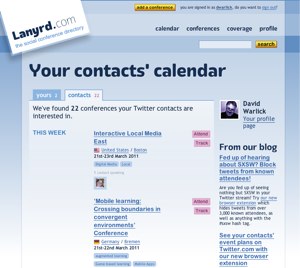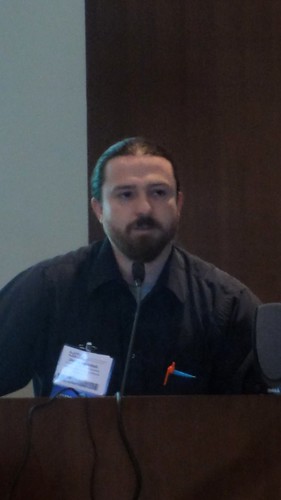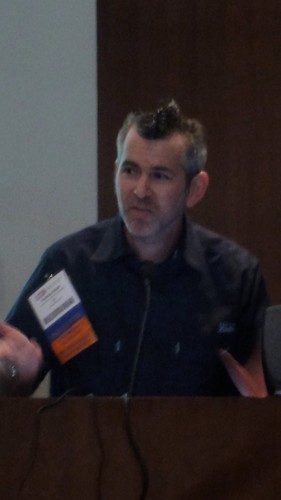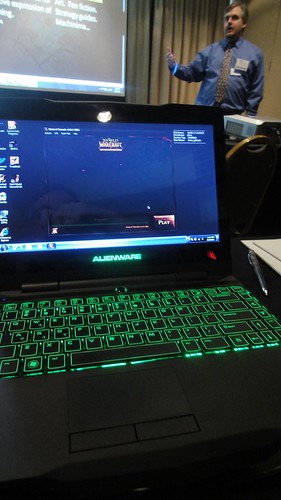 |
|
Main Entrance of Saalburg Roman Fort |
First impressions of Oberursel are overwhelmingly and enthusiastically positive. It’s clean. People are exceedingly polite and friendly. ..and although it isn’t much larger than the very small town In which I grew up, in western North Carolina, it has a train with four stops serving the town and connecting it with nearby Frankfurt. Of course, figuring out how to negotiate tickets from the kiosk was a nearly insurmountable problem-solving task.
I spent much of my first full day here at the Saalburg Roman Fort, an authentic first century fortress, protecting the farthest border of the empire from the Germanic tribes to the north. The layout of the complex is based on excavations (which are ongoing) and the writings of Julius Caesar and other officers who occupied this and other frontier installations.
Many of the rooms served as museums with extensive collections of excavated buckles, toga pins, tools,pots and cooking implements. What challenged me was the descriptive signs, which were all written exclusively in German. Therefore, except for just a few words here and there, I had no sure way of telling exactly what I was looking at.
It was actually and interesting exercise, because we were challenged to act like archeologists, reasoning out what the various objects were, based on our knowledge of the history, other objects in the vicinity and logic.
But all told, it made me feel illiterate. What an interesting experience, facing this wall that prevented me from understanding where I was — for lack of my ability to use the information.
It was not the full effect that I felt, however. I am older, traveled, somewhat accomplished, and I have learned an ultimate lesson, that adulthood does not mean that you stop making mistakes — giving myself permission to admit mistakes is enormously liberating. This is to say that I am confident.
I had assumed, from what I’d heard, that all German people spoke English. This is not true. I have encountered many who do not or are not willing to try. Many who do said they do, actually speak so little English that it is hugely difficult to understand and make myself understood — though there is a richness to a conversation that challenges your own language. I’m not complaining. How could I. I’m an American. But age does give me the confidence to walk in, say, “hallo! Sprechen Sie Englisch, bitte?” and regardless, work through the all German menu to select their best sausage, without the Sauerkraut. 😉
If I was less confident, then I would be terrified to enter any of the fine restaurants of Oberursel, stores, the bank, or even the streets of the town. Too much opportunity for humiliation. The thought of people living with this terror breaks my heart.
Literacy, in all it’s ranges and forms, is empowering, and if learning any literacy skill does not immediately and meaningfully enable and empower a learner to do something new and wonderful, then we’re teaching it the wrong way!








